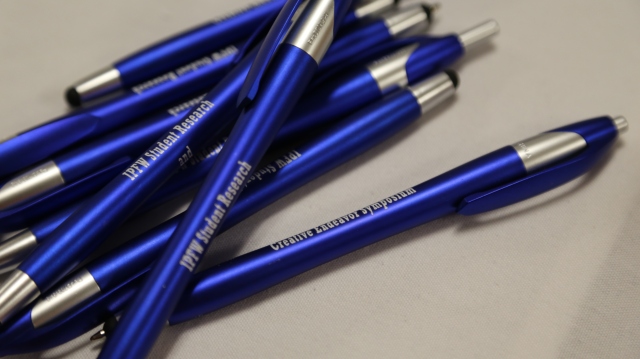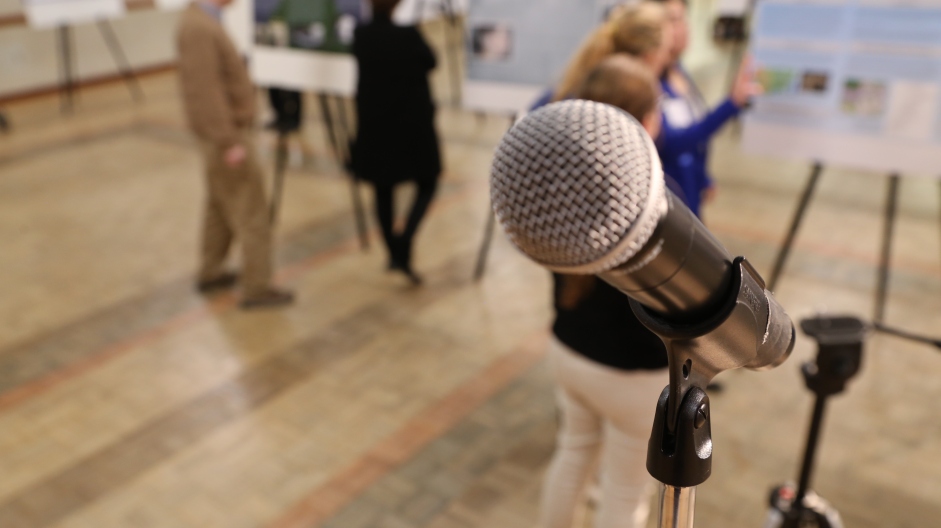Forrest Voss rarely found himself on social media until he moved over 500 miles away.
The 23-year-old from Fort Wayne moved to Syracuse, New York, with his boyfriend and their dog. Consequently, he uses Facebook more often to communicate with people from his hometown.
“Facebook becomes more important as a catalog for what you’re doing and for staying in touch with people,” Voss said. “I can’t walk up to a friend and say, ‘Look what we did today.’ So instead, I have to put it on Facebook.”
While social media continues to keep people like Voss easily connected, now it is also used as Americans’ primary news source.
According to Pew Research, 62 percent of U.S. adults get their news on social media. The study was conducted in 2016 and shows Reddit, Facebook and Twitter have the most members who consume news.
Pew Research also reported 64 percent of social media users are more likely to get their news from one site which is most commonly Facebook.
Voss said he sometimes gets news from Facebook, but only if it is posted directly from a news organization he trusts.
IPFW graduate student Samuel Wiesenberg said he consumes news from the radio and Facebook. He spends roughly two hours every day reading articles from news organizations that he follows.
According to Pew, Wiesenberg is among the 67 percent of users who regularly spend at least one hour per day reading news on Facebook.
Voss and Wiesenberg both said they are unlikely to read any article seen in their news feed because they recognize fake news circulates, especially during this past election season.
“It was very obvious that a lot of the statistics people were posting in support of one candidate or the other were just blatantly false and not credible at all,” Wiesenberg said.
Since the presidential election occurred, Mark Zuckerberg, the CEO of Facebook, was called to action to prevent the spread of fake news on the social media platform.
Through a Facebook status, he said his network is not to blame for the election results because over 99 percent of Facebook’s content is authentic. But it will do more to prevent fake news from spreading.
According to the Facebook for Developers website, its Network Audience Policy was recently updated to prohibit advertisers from displaying fake news.
Wiesenberg said he agrees with Zuckerberg’s decision to eliminate false articles, because Facebook has a powerful voice across the U.S.
Andrew Casey, a 21-year-old from Fort Wayne, counters this argument.
He said deciphering real and fake news should be based on the viewer’s discretion, not a national incentive.
“My answer is almost always keeping the rights of individuals and corporations as open as possible and making individual responsibility a greater importance,” Casey said, glancing at his phone to see a Facebook notification.
Although, from his experience with the latest election, Casey said, he does want people to keep their political conversations private by discussing the topic in person or in direct messaging.
However, Pew Research Center reported 40 percent of social media users believe online platforms are places they can discuss political issues and current events that they would never say in person.
Kimberly O’Connor, an assistant professor at IPFW, researches the relationship between employers’ social media policies and their employees. Her findings are similar to Pew Research.
A survey conducted for her fieldwork reported undergraduate students are generally unaware or choose to disregard university and employer’s social media policies.
“It’s one of the ways we communicate that’s probably here to stay,” O’Connor said, referencing social media, “and so, because of the widespread major of its use, it undoubtedly impacts peoples’ employment.”
Overall, the way people use Facebook has changed over time. Pew Research reported between 2013 and 2016, 19 percent more people got their news from Facebook. Another study shows 44 percent of U.S. adults said they learned about the recent election from social media.
“Facebook and its purpose have been pretty clear, people share the things they are going to share,” Casey said. “It’s a platform for people to, within reason, share ideas and stay connected to their friends.”
Service:
Social Media Users Participation with News in 2014:
- 50 percent shared news stories, videos or images.
- 46 percent discussed a news issue or current event.
- 14 percent posted photos they took of a news-related event.
- 12 percent posted videos they took of a news-related event.
Source:
http://www.pewresearch.org/fact-tank/2014/09/24/how-social-media-is-reshaping-news/













